Think about the last time you visited a bakery.
Chances are, the boxes have an opening on top that lets you see the delicious sweets inside the box – before you ever open up the box and dig in.
If your product is big on visual appeal, window patching might be exactly what you need.
So what is window patching? What does the window patching process look like in custom packaging?
What is Window Patching?
Window patching is a printing technique where a thin plastic film is applied to a die cut window. The window allows customers to see the products before opening the package. Adding a film patch increases product visibility and is commonly used when packaging baked goods, toys and snacks.
While window patching is often used in packaging for products like toys and snacks, but can be used for any type of product. A window can also be used to showcase the high quality and craftsmanship of higher-end luxury products.
Adding window box patching to your retail packaging is one of the many choices you’ll need to make as you decide how you want to present your product to consumers.
PET and PVC: Common Types of Window Patching Films
The most common types of film used in window patching are polyethylene terephthalate (PET) and polyvinyl chloride (PVC).
With PET film, the plastic is shaped into the style you want and then dried to offer greater protection. This makes the film virtually impossible to tamper with and gives it excellent protection even against regular handling. PET film is light, which may leave it prone to scratching, but it holds its own against external pressure while protecting the product within. This makes it a great option for retail and consumer-facing products, particularly food.
PVC film, on the other hand, is even more resistant to scuffs, wear and tear. It also weathers the elements well and holds its own against moisture. When exposed to UV rays, however, PVC film can degrade and discolor. This can also create an odor and rippling within the packaging. Due to the odor, we do not recommend this type of film for packaging food or snacks, but we do recommend it for products that need added protection against heavy or frequent handling.
What Other Kinds of Window Patching Films Are There?
PET and PVC film are by no means the only two kinds of window patching films out there. Depending on your product and the custom window boxes you need, there may be other films that may be better suited to your needs. For example:
- Polyolefin is ideal for boxed goods and as a shrink film.
- Polyethylene is best for frozen foods.
- Glassine is for products that have high grease content.
- Polypropylene is best for baked goods and candy that use bakery boxes with a window.
- Laminated foil is best suited for products that are sensitive to air or light.
Two Types of Windows: Rigid vs. Flexible Windows
Cellophane window packaging (also called windowing) is more common than ever and is a great way to make your product stand out from your competition. These types of windows give your customers the opportunity to see your product exactly the way it is before unboxing – with nothing to hide. This in turn helps build credibility and trust in your brand, as well as paving the way for an engaging user experience.
Cellophane windows are generally used for food and beverage, but are also common in cosmetics and retail products. Think of the last product you purchased that had a small window where you could see the luxurious or delicious contents. It was an instant reflection of quality, wasn’t it?
With these types of windows, you have two options: rigid windows and flexible windows. Flexible windows are the most affordable and are made from polyester film. In addition, this type of film is eco-friendly and can be recycled. Because of its flexibility, it’s great for oddly-shaped packages or packages with curves.
This type of cellophane packaging is also approved for food contact because it is designed to meet the most exacting standards of the top food safety organizations. And although flexible windows are affordable, rigid windows also offer several benefits.
Rigid windows are generally made from a hard plastic resin and are typically used on high-end or luxury products. They’re also commonly found on pharmaceutical products and some cosmetics.
Larger packages where you want a wide window area can also be better served and protected with rigid windows. They’re a great way to showcase your product in its entirety, show it with crystal clarity and protect it with far greater strength than other forms of window box patching.
The Window Patching Process
The window patching process is made possible by a machine that is specifically designed for that purpose. With this machine, a reel that contains a specific type of plastic film, like PET or PVC applies windows to the product. Using electromagnetic energy, the product passes through the reel quickly and the film is applied to the packaging paper.
Generally the plastic film instantly sticks to the material without needing any drying time. This greatly speeds up the process since the package is ready once it completes its run from the window patching machine.
Considerations For Choosing the Right Type of Window Box Patching
There are some things you’ll want to keep in mind to help you better decide which type of window patching is right for you. Here are a few tips to make your choice easier:
Window Size
First, it’s important to consider the size of the window you want to have on your packaging. Larger windows are more prone to breakage, scratches and tears, so you’ll want your film to be strong. Smaller windows could be best served by thinner films. It’s important that when preparing the design for your box, you leave enough room for the film to be glued or pressed into the packaging material.
Strength and Sturdiness Levels
Luxury products like pharmaceutical products and cosmetics will need a higher level of stiffness and sturdiness to help properly protect them while delivering impeccable clarity to showcase the product within. These products typically have high gloss lamination as well to position them in such a way as to be more eye-catching for the user.
Higher end products also need great tensile strength to prevent them from tearing or being broken during shipping. This high need for structural integrity means that production will be slower and thus increase the cost involved in manufacturing the packaging.
Exposure to the Elements
Finally, if your product will be exposed to the elements, including heat, moisture or freezing temperatures, it’s important to keep in mind how that may affect the contents within. The right packaging film needs to be stable enough to handle this.
Baked goods, for example, may still be packaged while warm, which creates a steamy, high-moisture environment. They can then be flash frozen to protect the integrity of the product itself. Inferior packaging could make this process a disaster in the making, which is why it’s so important to entrust your product packaging to the experts.
For more print finishing options, read up about spot UV, soft-touch coating and lamination and varnish for custom packaging. Our comprehensive guide to packaging terms can help you get up to speed with industry definitions as you create your own custom boxes.
Have Questions About the Window Patching Process?
It’s easy to feel overwhelmed about all of the choices available in window patching alone, let alone how it fits in with your overall plan for your product packaging design. Let the experts at Refine Packaging help you make your decision with confidence.
Whether you need a large, clear and high-visibility window to showcase all the beauty and style of your product, or you want something smaller and more environmentally friendly that can be recycled, we have your needs covered.
Contact us today and let us know more about your product and your vision for its packaging design. Don’t have a packaging design in mind? We have proficient artists on staff who can help conceptualize your idea and transform it into a breathtaking design you’ll love.
Get a free, no obligation quote on your product packaging and window patching needs from the experts at Refine Packaging today.
Ready to think outside the box? Let's get started!
Get in touch with a custom packaging specialist now for a free consultation and instant price quote.


.svg)




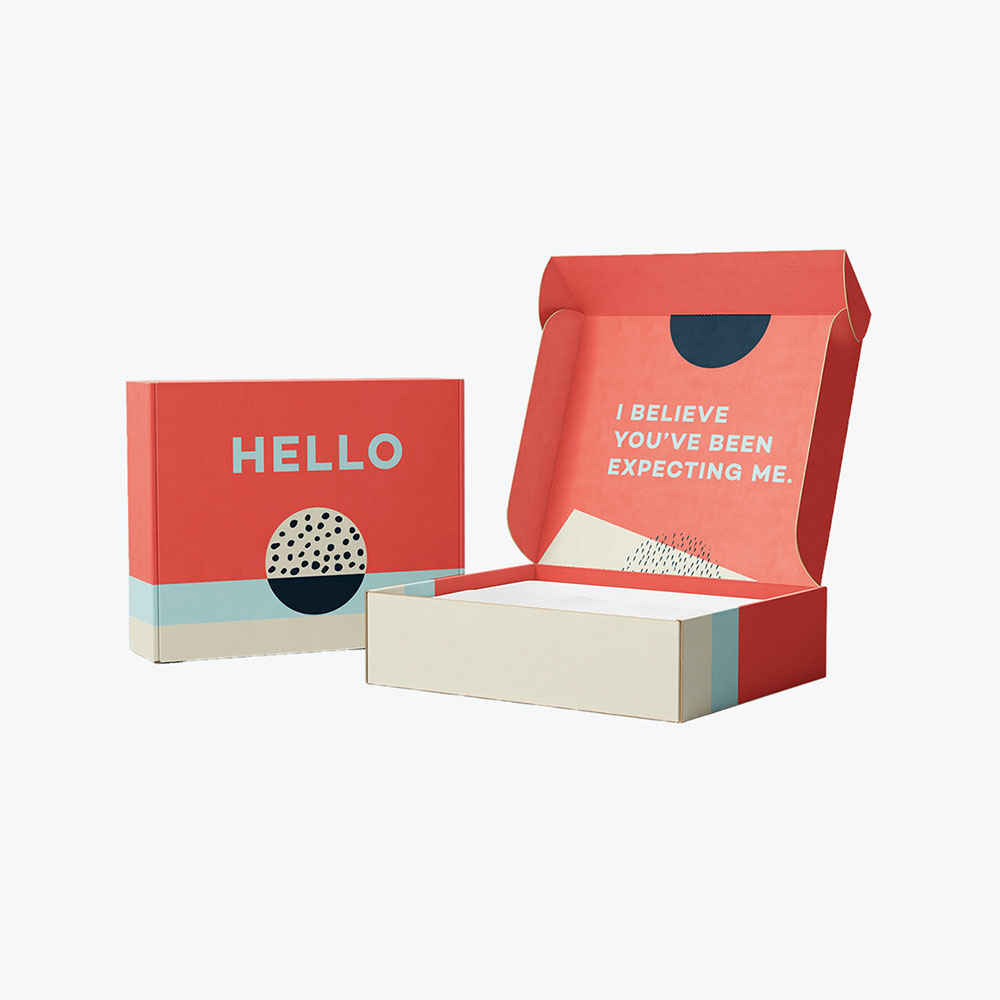
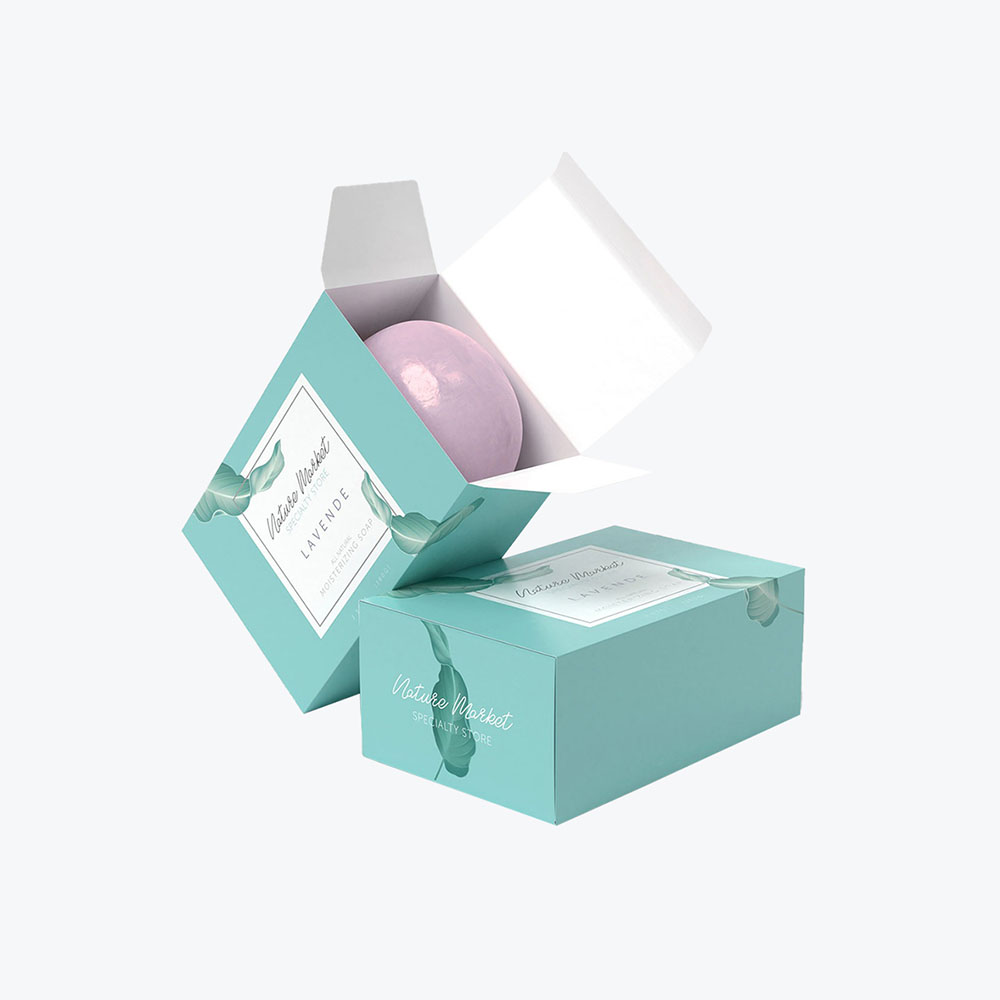
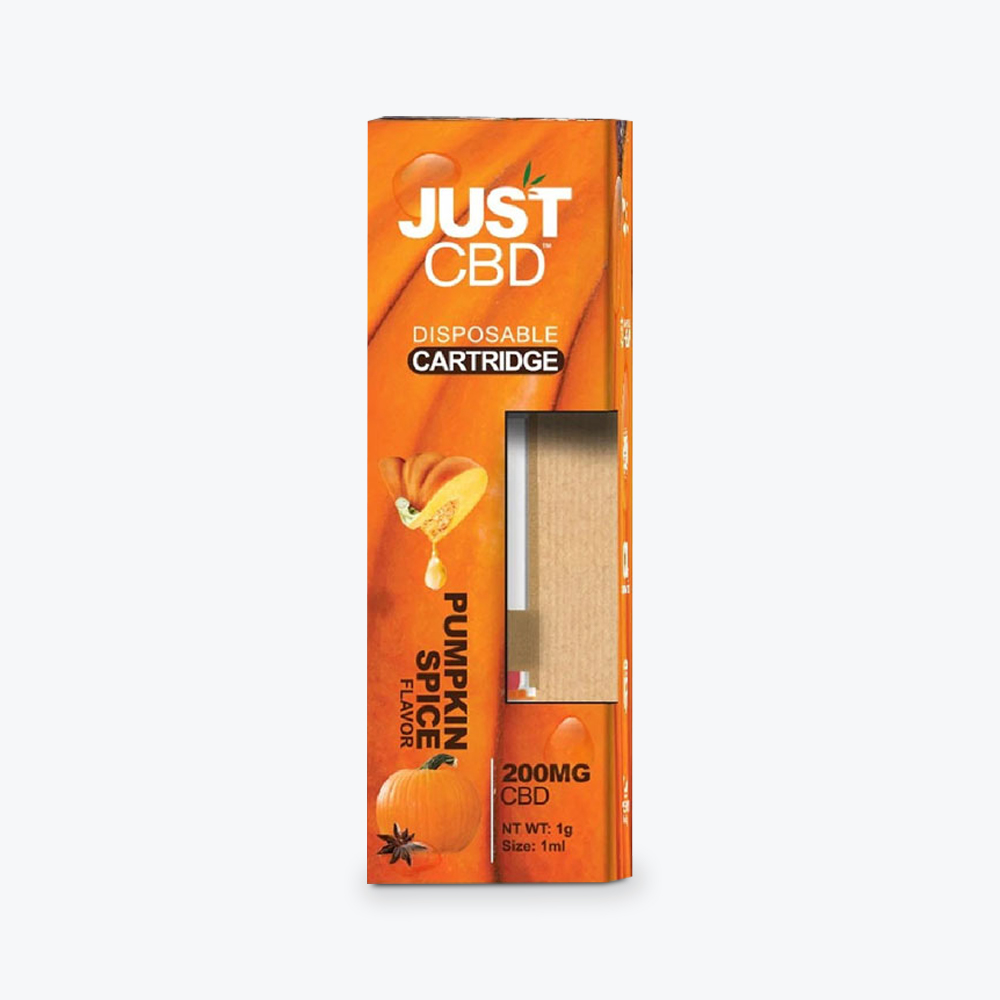
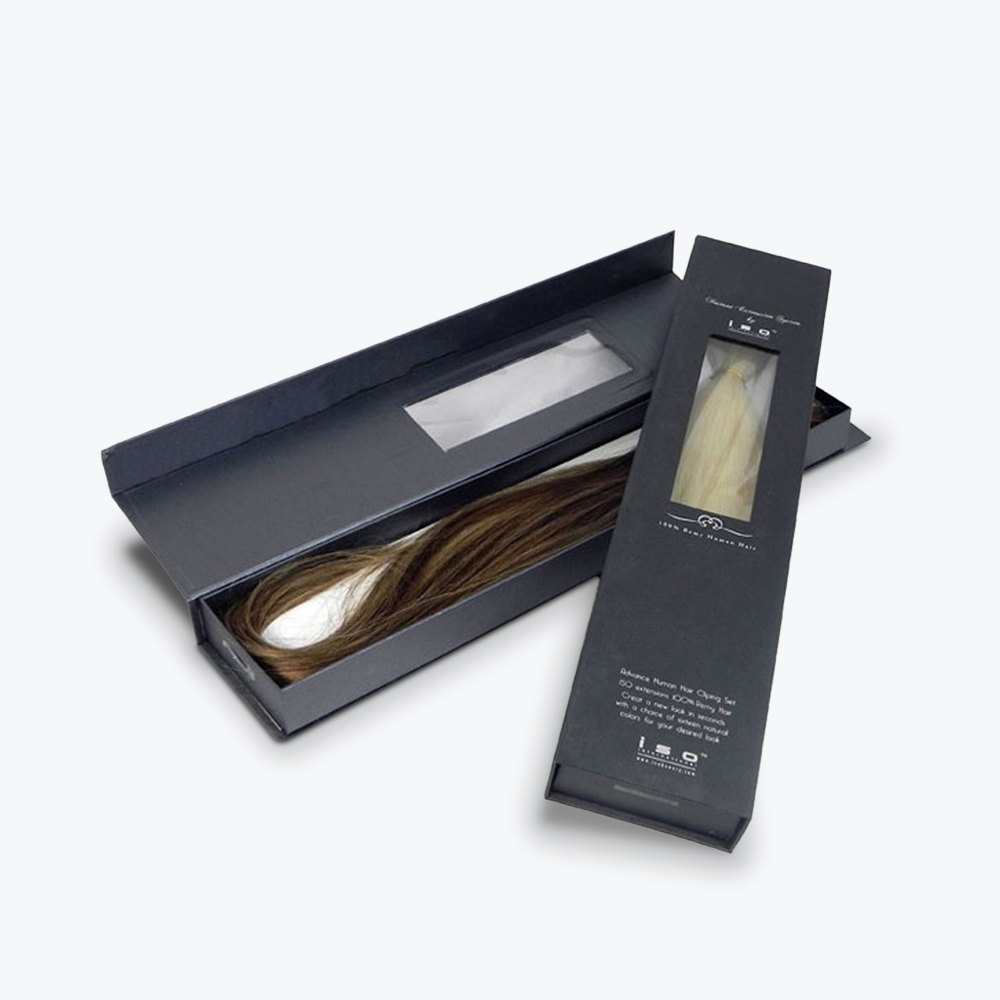




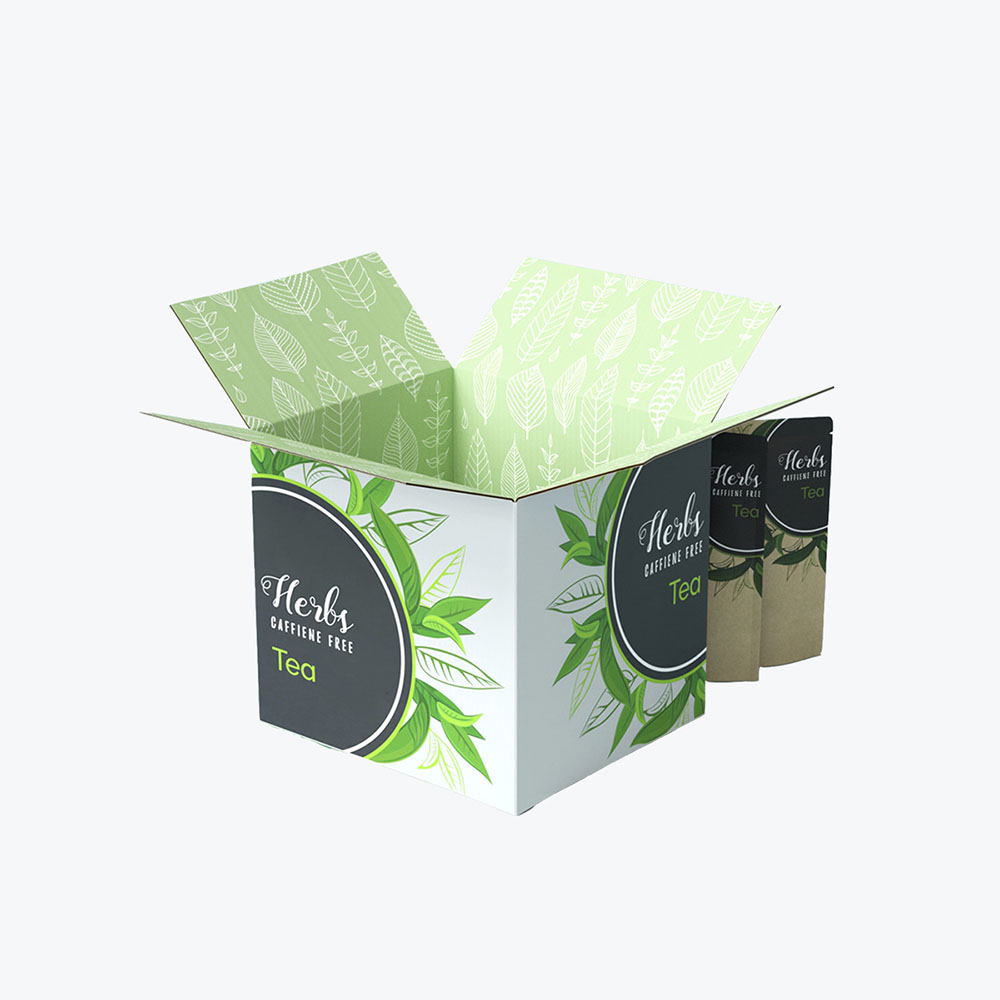

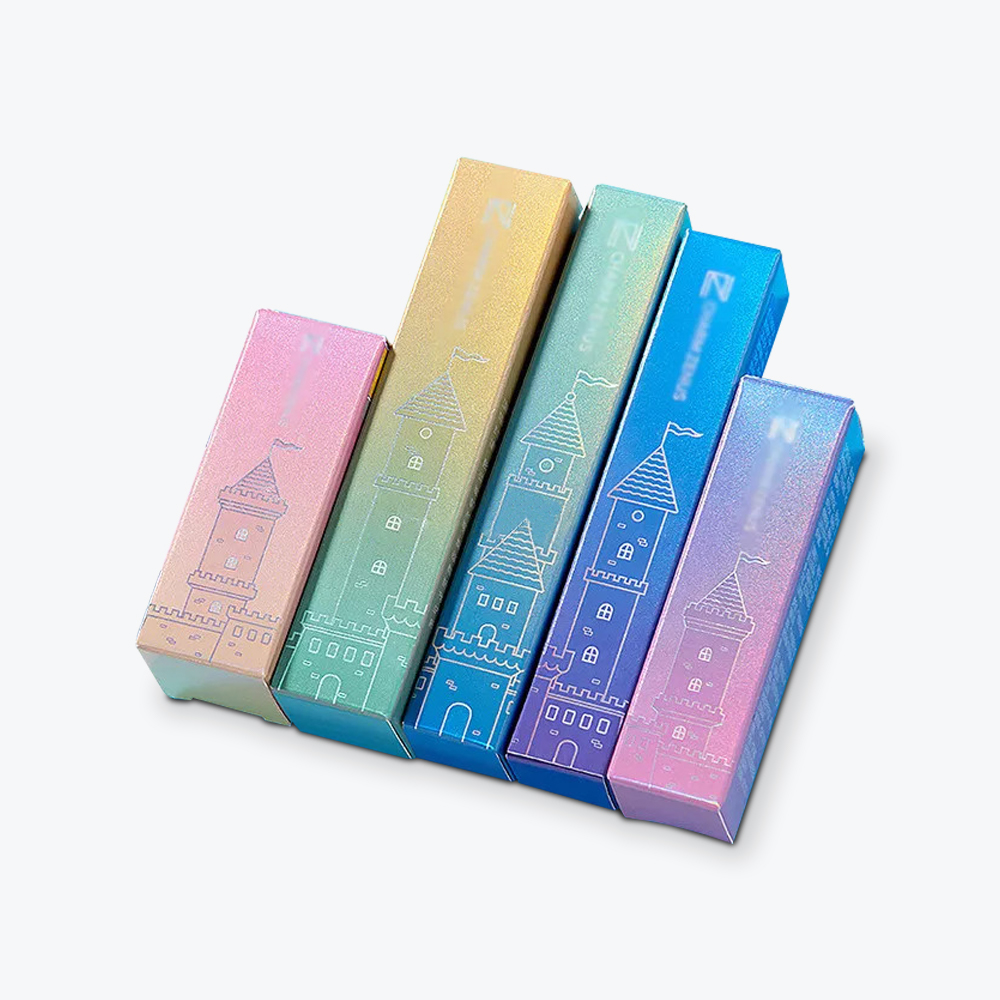

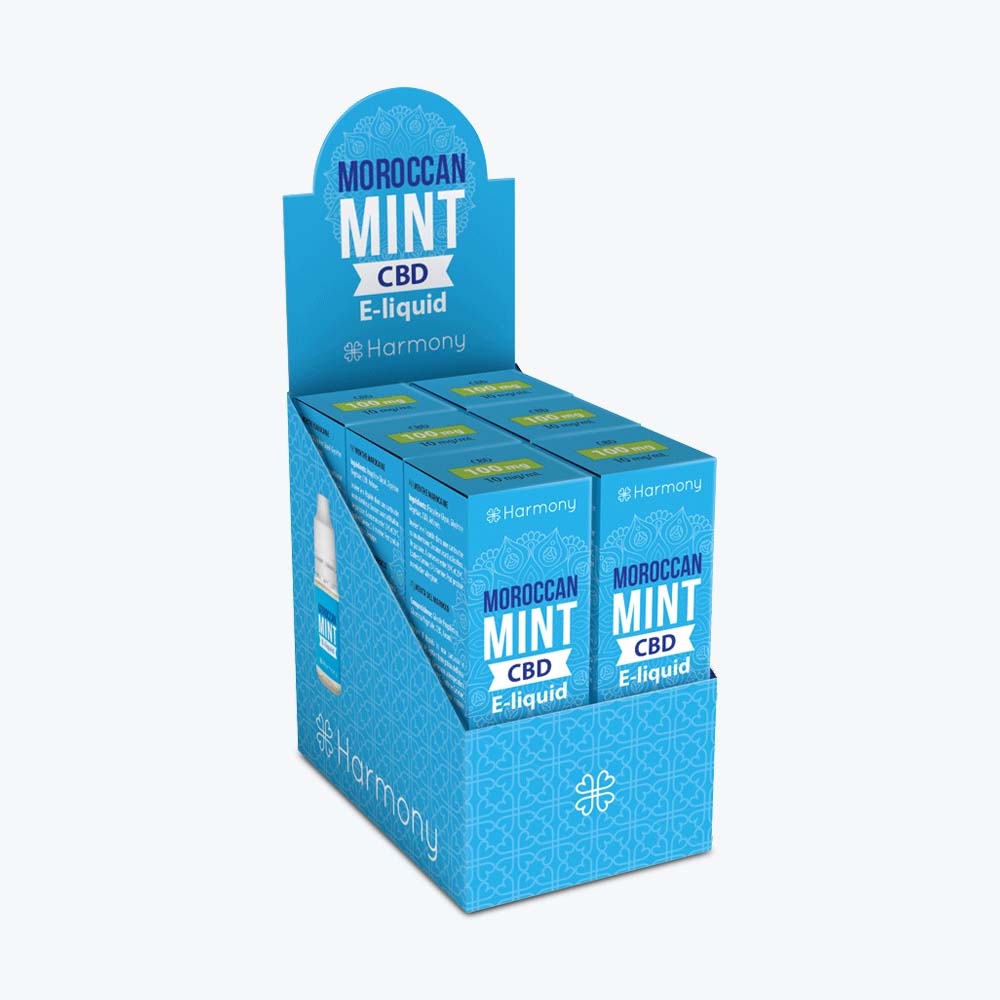
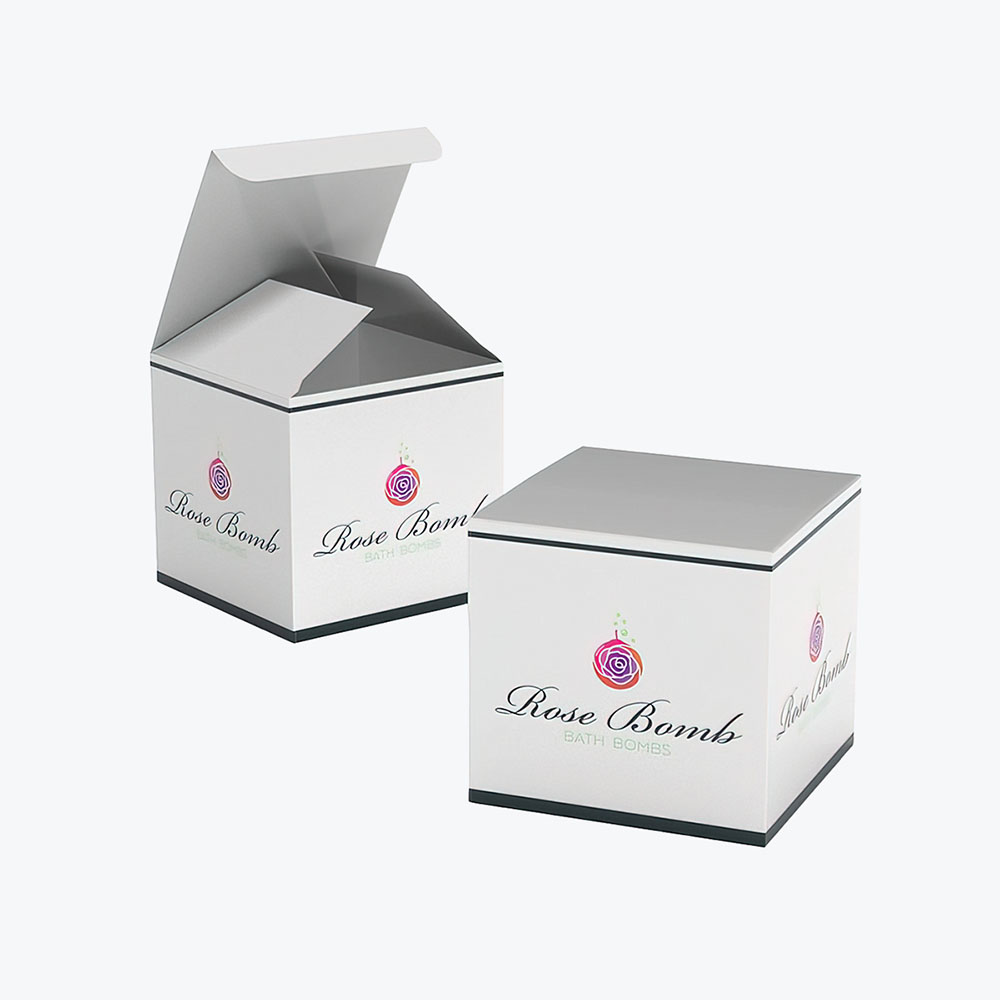
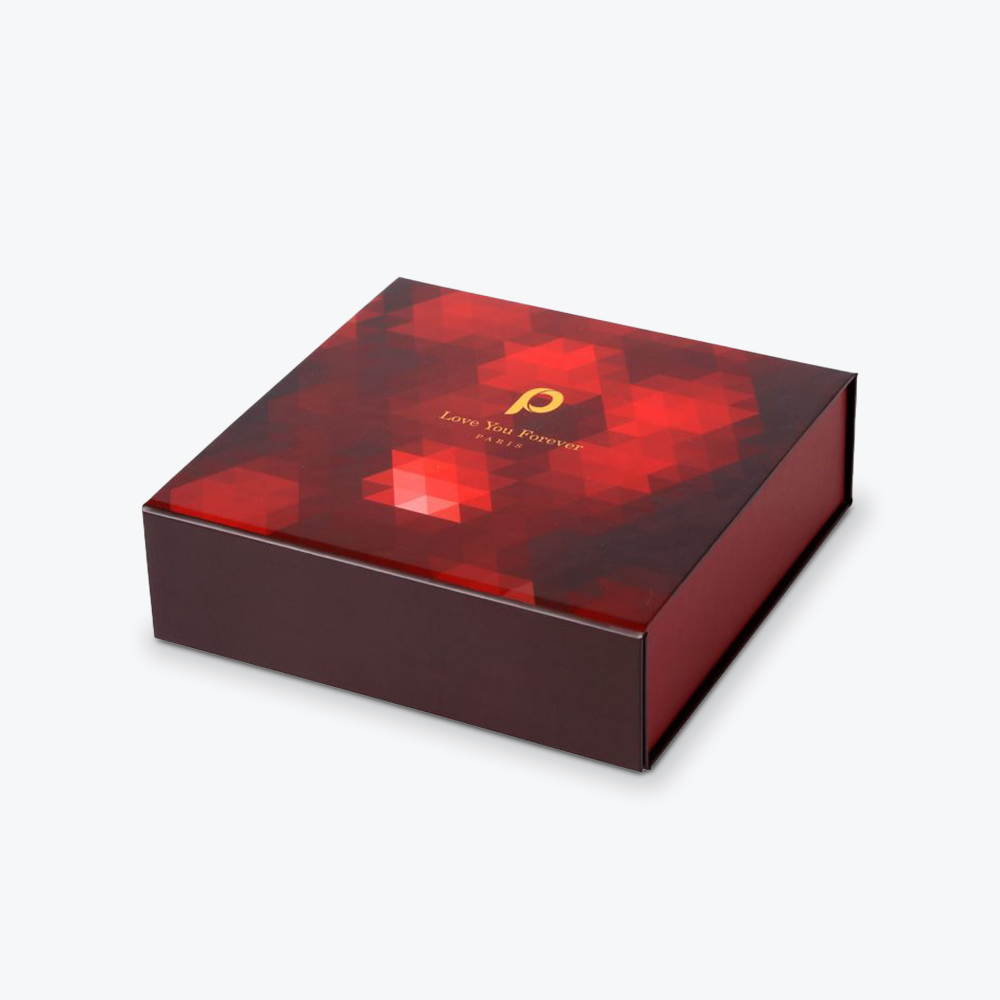
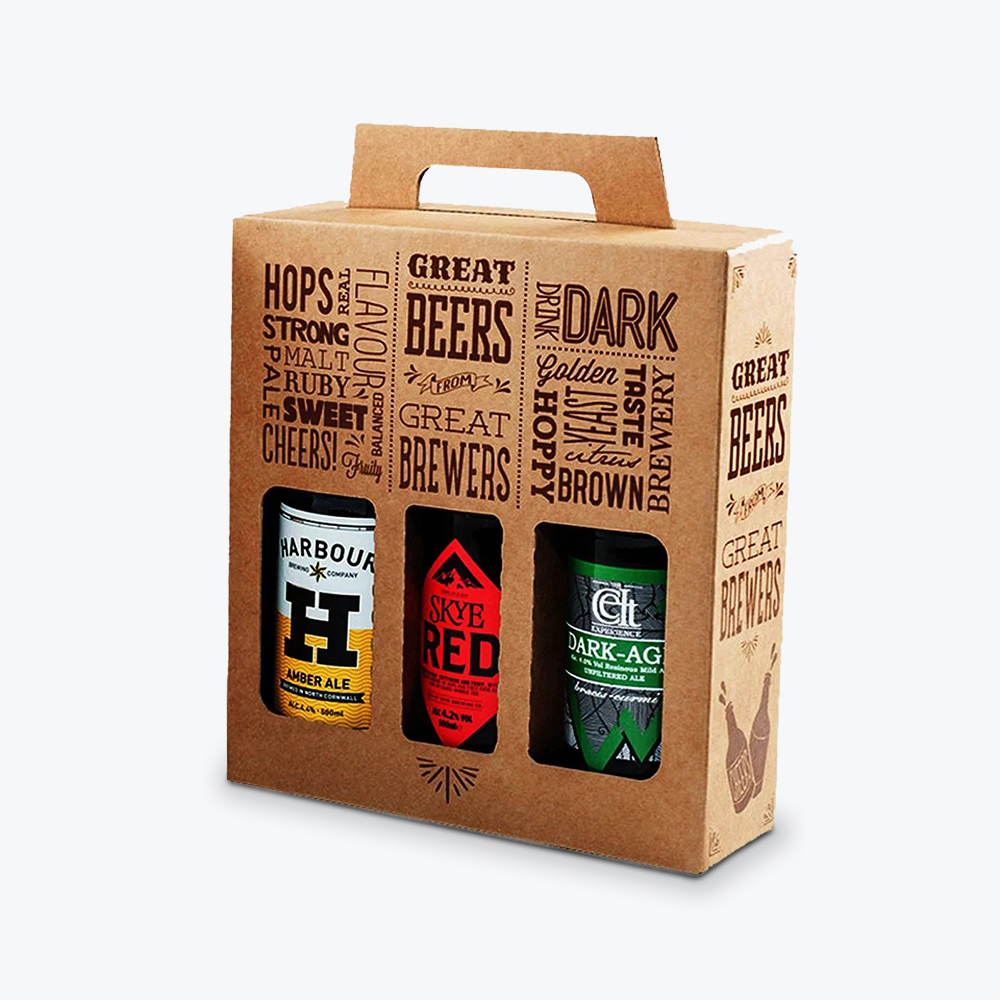
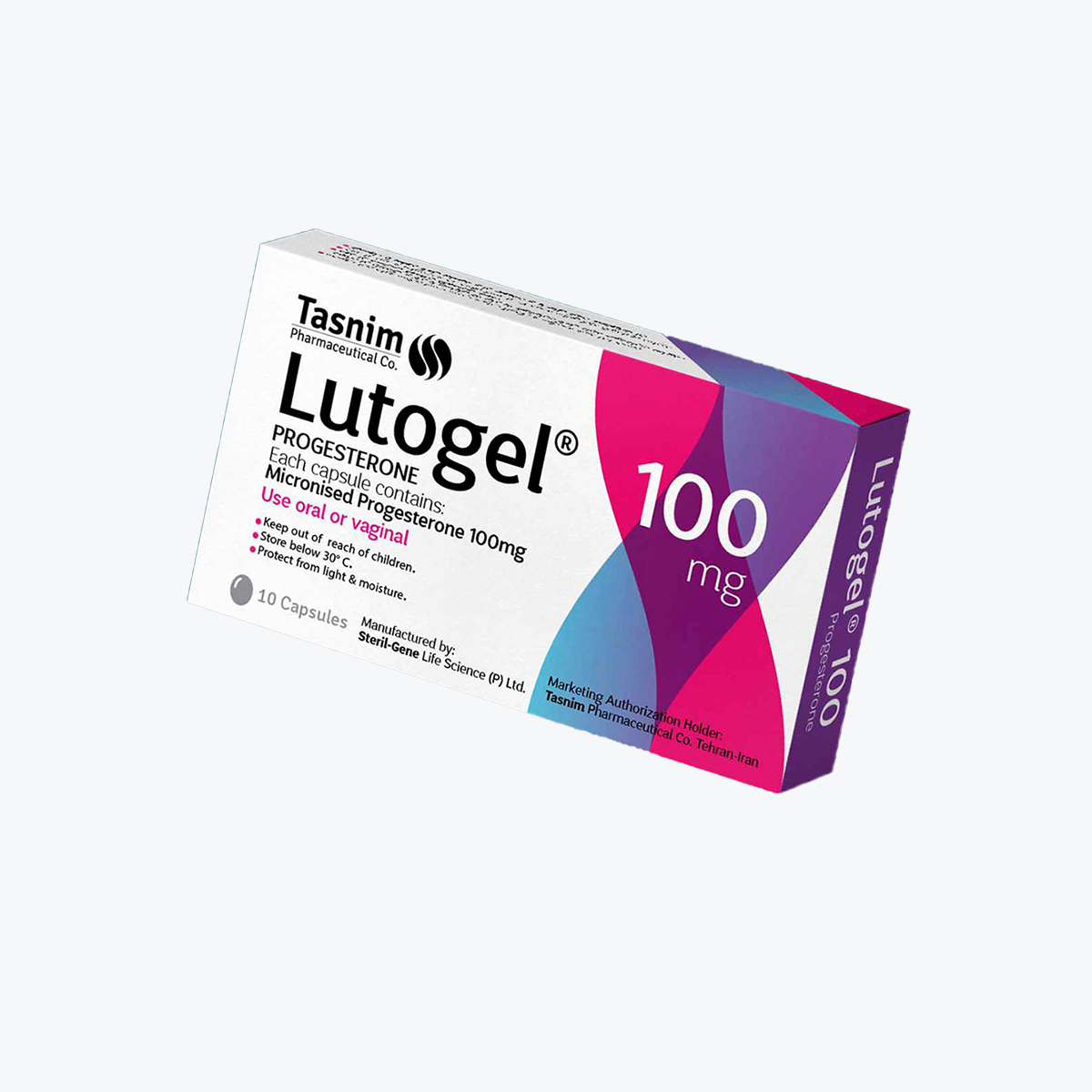
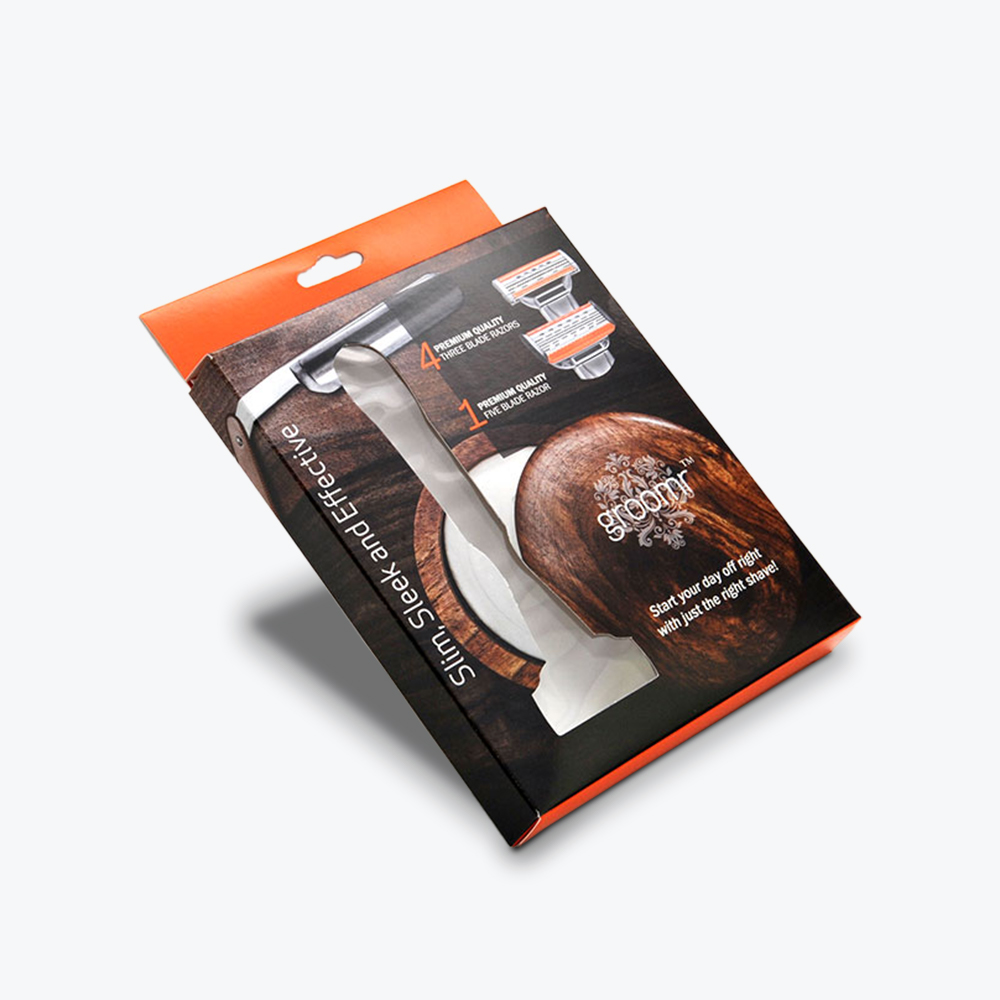
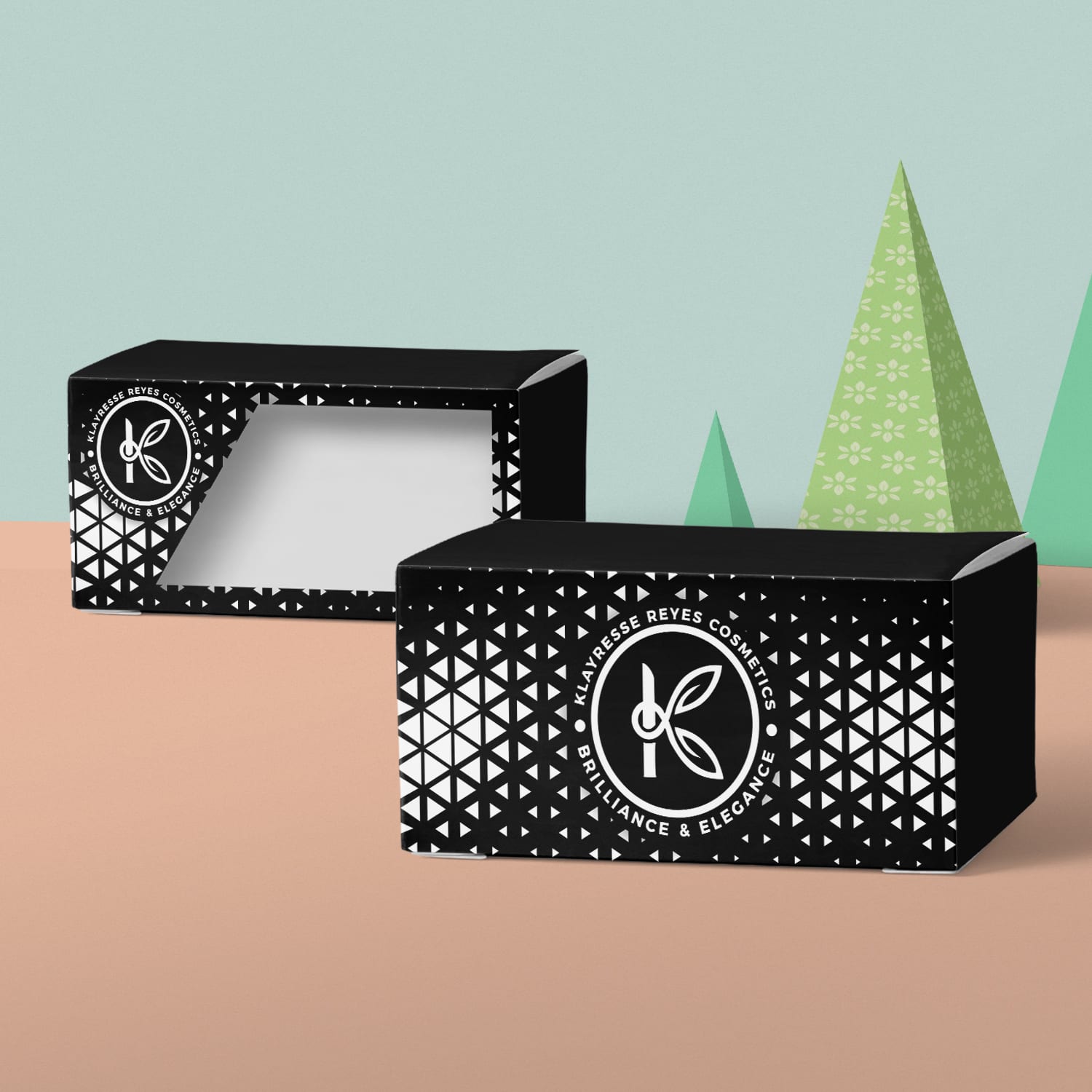
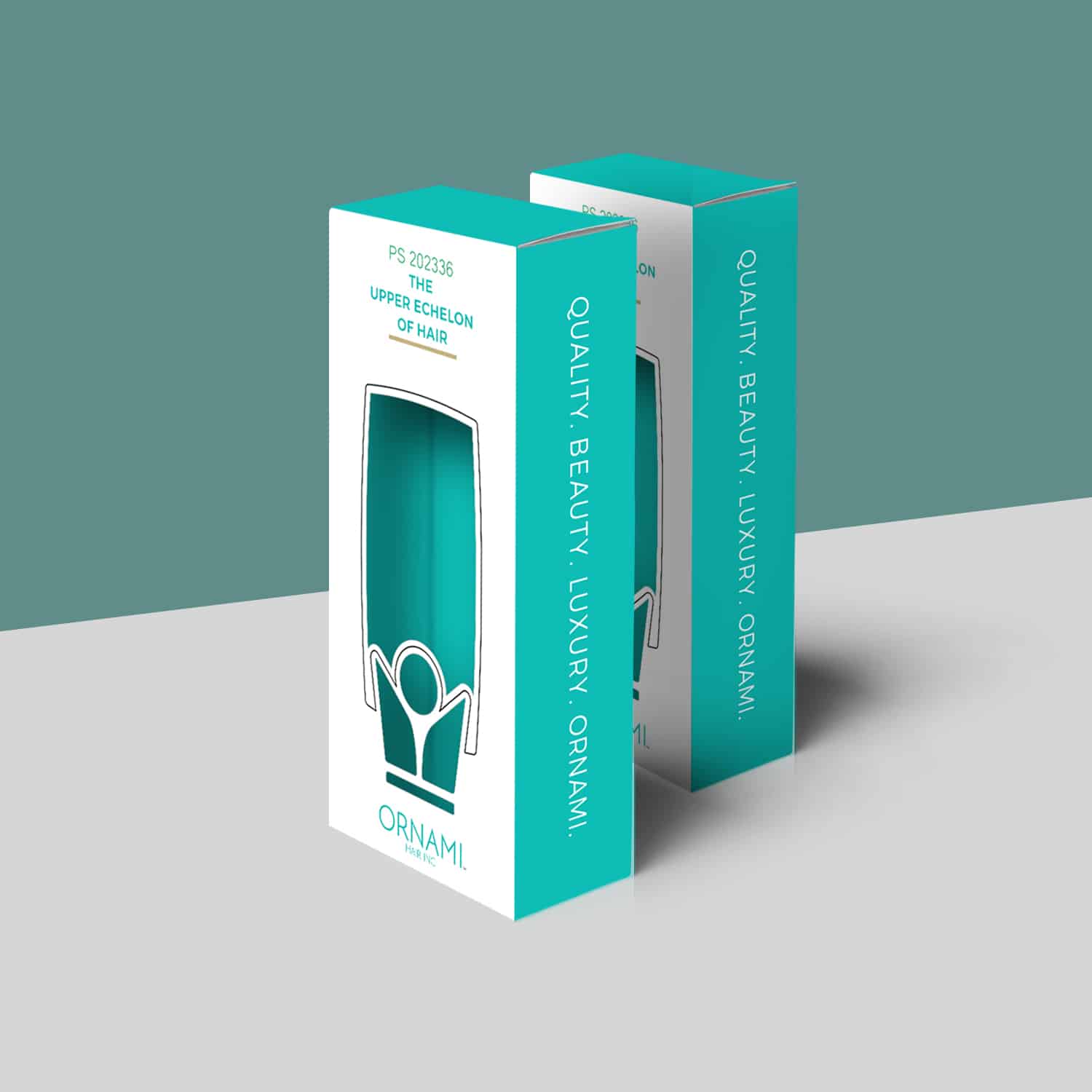


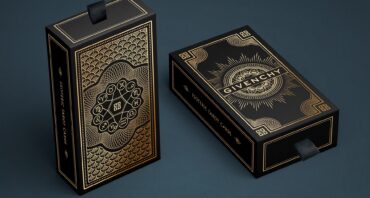




Share